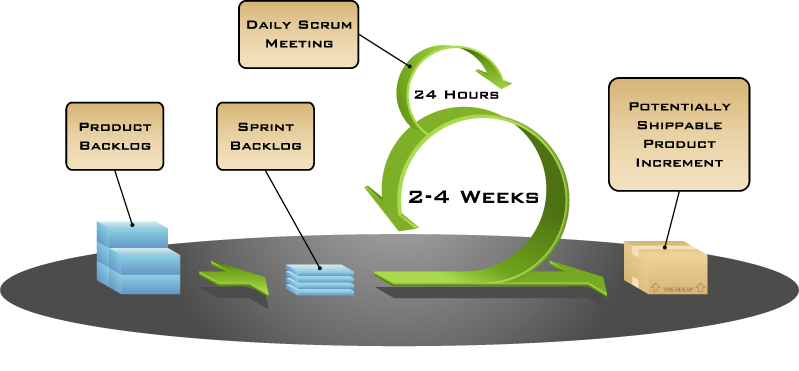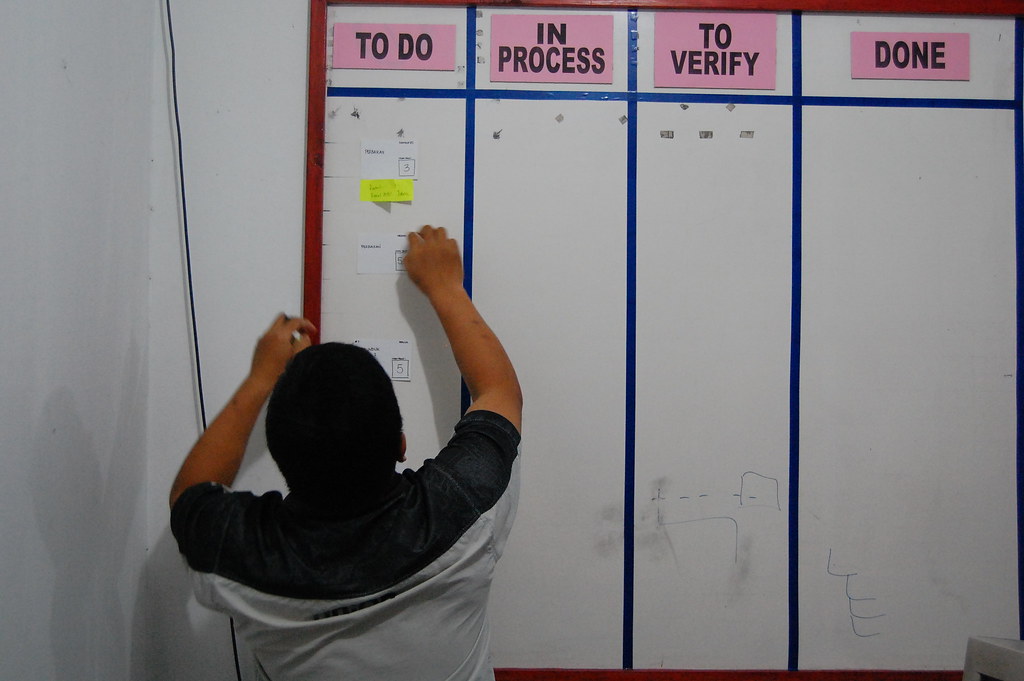
Scrum SDLC model is a type of Agile model for software engineering. Scrum facilitates iterative and incremental software development, unlike the traditional waterfall model. So, if you want a product that addresses complex adaptive problems while ensuring creativity and productivity, Scrum SDLC can be an ideal choice.
Our team at Symphony Software is experienced in creating a software product that strictly follows the Agile manifesto. In this blog, we’ll explain Scrum SDLC pros and cons and its different stages. Before that, let’s talk about features and the main roles involved in the development process.
Key Roles in the Development Process
- Product Owner: Manages the interests of end-users.
- Scrum Master: Coordinates the entire process, holds meetings, and ensures that Scrum is used properly.
- Scrum Team: Handles programming, analysis, testing, etc.
Features of Scrum Software Development Framework
- It’s lightweight.
- Emphasizes self-organization.
- Simple to understand.
- Helps the team to work together.
Phases of Scrum SDLC Model

Stage 1: Product Backlog Creation
A product backlog is a list of features we plan to implement in the software. Teams order features by priority, and each is called a User Story that gets a unique ID.
Format for user stories: As a [User Role], I want to [feature body] so that [User profit].
Stage 2: Sprint Planning and Creating Sprint Backlog
Firstly, determine the sprint duration. A short sprint allows frequent releases of product versions so that you get customer feedback more often. As a result, errors and bugs are revealed timely. Moreover, a longer sprint allows developers to work thoroughly. The optimal sprint duration is 2-4 weeks.
Second, determine the sprint goal depending on the importance of user stories. Also, determine the cooperation between team members and stakeholders. Finally, create the Sprint backlog that consists of user stories to be completed during the current sprint.
Stage 3: Working on the Sprint

Now, thedevelopment process begins. Generally, we use a task board to track the progress. There are big cards for user stories and sticky notes for every single task.
In addition, we hold daily scrum meetings to understand the current project status and ensure that all team members are working in the right direction. Also, we use a burndown chart to monitor the daily process, which enables us to fully control the development process.
Stage 4: Sprint Review
Every sprint results in a shippable product increment for users. After every iteration, our developers create a new product version with increased value. Then, we perform the sprint review, which yields results that our team can analyze and demonstrate. Accordingly, stakeholders decide about further changes and plan the next sprint.
Stage 5: Next Sprint Planning
We discuss results and determine ways to make necessary improvements. This phase involves discussions with the entire scrum team. Once we’ve identified the ways of improvements, our team can concentrate on planning the next sprint.
Scrum SDLC Pros and Cons
Pros of the scrum model are:
- Fast moving and money efficient
- Divides the large product into easy-to-manage sub-products
- Adaptive in nature because of short sprints
- Constant feedback helps improve the product’s quality in less amount of time
Cons of the scrum model are:
- Does not allow changes into sprints.
- Not a fully described model
- Can be difficult to plan and organize a project without a clear definition
- Daily meetings and frequent reviews demand substantial resources.
If you think that the Scrum SDLC model can fit your project, call us at info@symphony-software.com or 414-218-4644. And, we’ll discuss your project and make it a success together.
